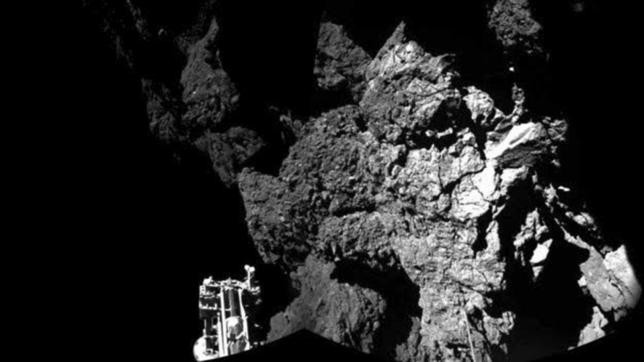Analysis of Philae and Rosetta probes' measurements from multiple landings made on Comet 67P/Churyumov-Gerasimenko shows that the comet isn't a magnetic field, Phys reported.
Studies on the comet's properties could provide hints to the magnetic field's importance in the birth of the Solar System and the positioning of spatial matters within it, more than four billion years ago. The "infant" Solar System in the ancient times was nothing but a swirling disc of dust and gas, but after a few million years, the Sun exploded with its debris forming the planets, moons, comets, and asteroids.
The dust was rich in Iron some of which are in the form of magnetites. This millimeter-sized magnetic materials have been discovered to be present in meteorites, indicating that it existed even before the Solar System aged.
The discovery has led scientists into the assumption that magnetic fields could have played a vital role in the arrangement of materials in the Solar System, clumping together to come out as larger objects.
Rosetta Lander Magnetometer and Plasma Monitor's co-principal investigator, Hans-Ulrich Auster, said "If the surface was magnetised, we would have expected to see a clear increase in the magnetic field readings as we got closer and closer to the surface," the Silicon Republic wrote.
"But this was not the case at any of the locations we visited, so we conclude that Comet 67P/Churyumov-Gerasimenko is a remarkably non-magnetic object," he added.
As to how the magnetic field have played in the accretion process of the Solar System, given that its building blocks have grown to multiple folds, before gravity began to take over remains unclear.



























